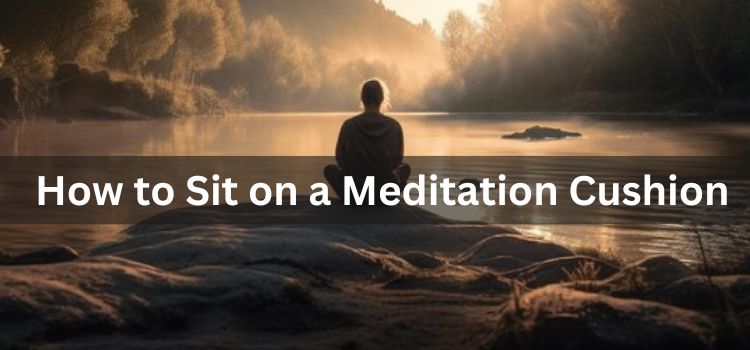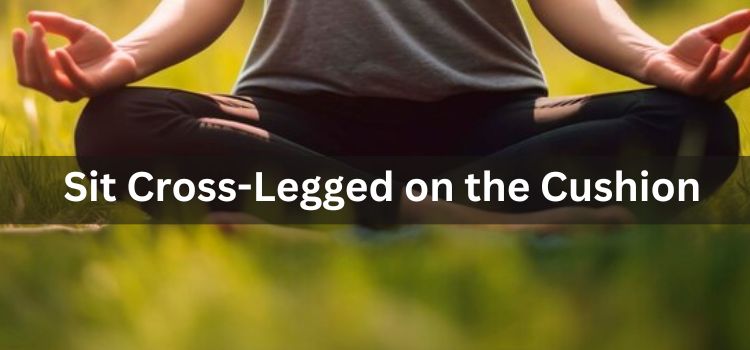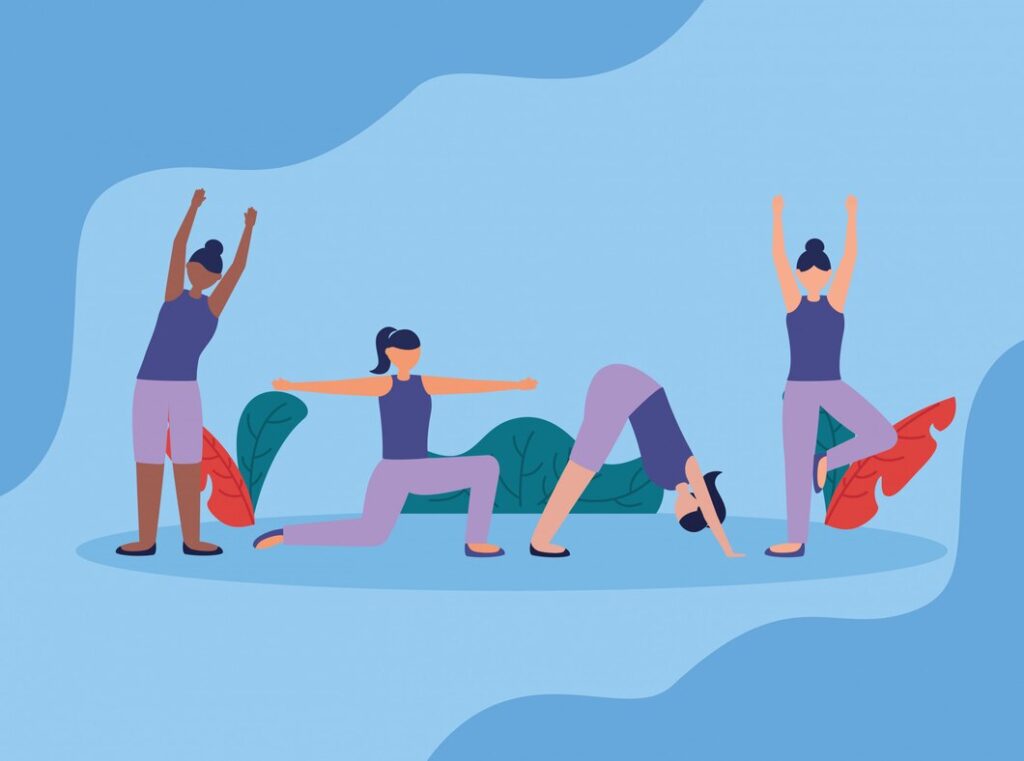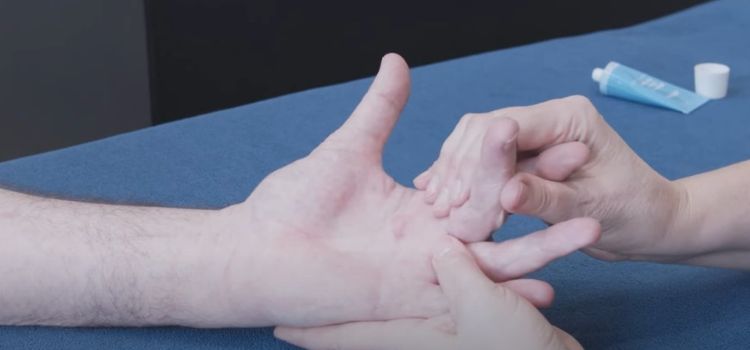Embarking on the journey of meditation is more than just focusing on the mind; it’s a holistic experience that embraces both physical comfort and mindfulness. A key element in this immersive journey is the way you position yourself during meditation. Enter the meditation cushion, affectionately known as a zafu, a crucial ally in furnishing the necessary support and comfort for an enriched practice. This in-depth guide aims to walk you through the process, step by step, on how to attain the perfect sitting posture on your meditation cushion, ensuring a harmonious blend of comfort and mindfulness throughout the session.

Choosing the Right Meditation Cushion
The starting point for a serene meditation experience lies in the careful selection of the right cushion. Meditation cushions present themselves in a variety of shapes and sizes, with the round zafus and crescent-shaped cushions standing out as the most prevalent. It is of utmost importance to opt for a cushion that harmonizes with your comfort preferences and encourages a natural alignment of the spine.
When in the process of selecting a cushion, take into account factors such as firmness, material, and shape. Some individuals may lean towards the traditional round zafu for its familiarity, while others might find the crescent-shaped cushion more accommodating. Engage in a bit of experimentation with different options to discern which one aligns best with your body and complements your unique meditation style.
Find a Quiet and Comfortable Space
Establishing a dedicated meditation space plays a pivotal role in cultivating an environment conducive to a focused practice. Opt for a quiet corner or room where you can comfortably sit without being disturbed by external distractions. This space should exude comfort, enabling you to immerse yourself fully in the meditation experience.
Think about enhancing this space by incorporating elements that contribute to a serene ambiance. Consider soft lighting, and calming colors, or even introduce a small altar adorned with meaningful objects. The act of creating a dedicated space sends a powerful signal to your mind, signifying that it’s time to center yourself, focus, and nurture mindfulness.
Sit Cross-Legged on the Cushion

Now that you’ve arranged your dedicated meditation space, the next step is to take a seat on the meditation cushion. Position the cushion on the floor and sit on it with your legs crossed comfortably. The elevation provided by the cushion facilitates the maintenance of a straight spine, a crucial element for an effective meditation practice.
Cross your legs in a way that feels natural to you. You can choose the full lotus position, a half-lotus, or simply sit cross-legged with your knees touching the floor. The key is to discover a position that enables you to sit comfortably for an extended period, ensuring a conducive environment for your meditation journey.
Align Your Spine
Attaining the right posture is crucial in meditation. Sit up straight, maintaining an erect back without unnecessary rigidity. Visualize a gentle string pulling you from the top of your head, elongating your spine. This alignment encourages the free flow of energy, aiding in sustaining focus during meditation.
The maintenance of a straight spine also ensures that your breath can flow naturally, fostering a sense of calm and relaxation. The goal isn’t to sit rigidly but to find a posture that strikes a balance, supporting both alertness and relaxation throughout your meditation practice.
Rest Your Hands on Your Knees or on Your Lap
After aligning your spine, the next step is to find a comfortable position for your hands. You can rest them on your knees with your palms facing down or up, or you can place them in your lap, one hand on top of the other. The objective is to keep your hands relaxed and your arms in a position that feels natural.
Explore various hand positions through experimentation to identify what feels most comfortable for you. Some individuals discover that placing their hands in their lap aids in maintaining a more grounded and centered posture during meditation.
Relax Your Shoulders and Neck
Tension in the shoulders and neck can hinder the meditation experience. Allow your shoulders to drop naturally, releasing any tightness. Your neck should be relaxed, and your chin can be slightly tucked in, creating a sense of openness in your chest.
Check periodically during your meditation session to ensure that your shoulders remain relaxed. If you notice tension building up, take a moment to release it by gently rolling your shoulders or adjusting your posture.
Soft Gaze or Closed Eyes
Decide whether you would like to maintain a soft gaze or close your eyes during meditation. If you choose a soft gaze, let your eyes remain unfocused and directed downward. This approach can help minimize visual distractions, fostering an inner focus.
On the other hand, if you opt to close your eyes, do so gently to avoid strain. Closing your eyes can create a more immersive experience, enabling you to shift your attention inward and deepen your mindfulness practice. Find the approach that resonates best with you, enhancing your meditation experience.
Maintain a Stable and Grounded Base
Make sure your hips are firmly grounded on the meditation cushion, establishing a stable foundation. This stability is vital for sustaining balance and comfort throughout your meditation session. If your hips are elevated above your knees, it may result in discomfort and strain.
Experiment with the placement of your cushion to determine the optimal height for your body. The objective is to attain a stable and grounded base, enabling you to sit comfortably for an extended period without experiencing any discomfort. Adjusting the cushion height is a key aspect of creating a supportive environment for your meditation practice.
Focus on Your Breath
Now that you’ve found your optimal sitting posture, redirect your focus to your breath. Breathe naturally and attentively observe each inhalation and exhalation. Concentrating on your breath is a fundamental element of mindfulness meditation, serving as an anchor for your attention in the present moment.
As you breathe, pay close attention to the sensation of the breath entering and leaving your body. You can choose to concentrate on the rise and fall of your chest or the feeling of air passing through your nostrils. The breath acts as a grounding anchor, gently bringing you back to the present whenever your mind begins to wander. Engaging in this breath-awareness practice enhances your mindfulness experience during meditation.
Listen to Your Body
During your meditation session, stay attuned to your body. Should you encounter discomfort or numbness in your legs, back, or any other part of your body, consider making minor adjustments. Striking a balance between sustaining a stable posture and ensuring physical comfort is crucial.
If a specific sitting position is causing discomfort, experiment with different postures or introduce additional props such as a meditation bench or blanket for added support. Regular practice will aid in comprehending your body’s requirements, allowing you to refine your sitting posture over time. Adapting and fine-tuning your approach ensures that your meditation practice remains both comfortable and sustainable.
Conclusion
Sitting on a meditation cushion extends beyond mere physical comfort; it involves crafting an environment conducive to mindfulness and self-discovery. By thoughtfully selecting the appropriate cushion, creating a dedicated space, and adhering to the steps for achieving an optimal sitting posture, you can elevate your meditation experience.
Keep in mind that discovering the right posture might require some experimentation. Listen to your body, practice patience with yourself, and relish the journey toward a more mindful and comfortable meditation practice. Integrate these steps into your routine, and you’ll uncover how the harmonization of body and mind can enrich and deepen your meditation practice.


